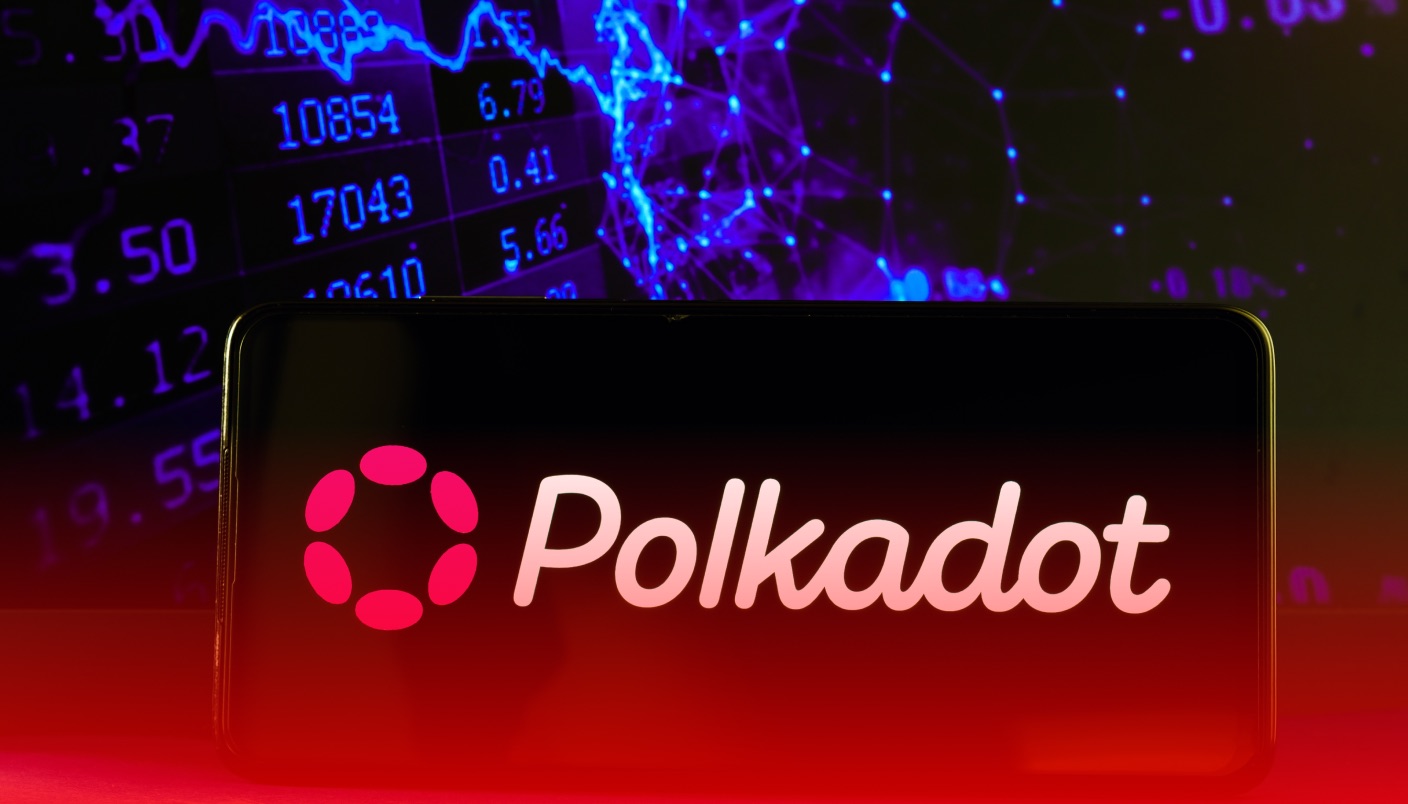Breaking News! 🚨 Top 10 brokers is here! See the most trusted trading platforms of 2024. Go now!
Polkadot’s Interoperability Solution: Advancing Blockchain Connectivity
Polkadot's innovative interoperability solution, Polkadot's role in advancing blockchain connectivity, its ecosystem, market trends, and investment opportunities for enthusiasts seeking to capitalize on the future of decentralized technology and connectivity.
1 year ago, Sep 06, 12:01 pm

As blockchain technology continues to evolve, the challenge of connecting disparate blockchains to enable seamless data exchange has become increasingly crucial. Polkadot, a multichain platform created by Dr. Gavin Wood, is at the forefront of addressing this challenge. Launched in 2020, Polkadot’s unique interoperability solution has made it one of the most promising projects in the blockchain space. As of 2024, Polkadot boasts a market capitalization of over $7 billion and supports more than 400 projects across various sectors, from DeFi to NFTs.
This article delves into how Polkadot is advancing blockchain connectivity, the strengths of its ecosystem, and what the future might hold for this innovative platform.
Polkadot’s Role in Enhancing Blockchain Connectivity
Polkadot’s core innovation lies in its ability to connect multiple blockchains, allowing them to operate together securely and efficiently. At the heart of this capability is the Relay Chain, which facilitates communication between different blockchains, known as parachains, within the Polkadot network. By enabling cross-chain transfers of any type of data or asset, Polkadot not only enhances interoperability but also expands the potential use cases for blockchain technology.
A critical aspect of Polkadot’s interoperability is its shared security model, which allows all parachains to benefit from the robust security of the Relay Chain. This approach reduces the risk and complexity traditionally associated with blockchain interoperability. As of mid-2024, Polkadot’s network supports over 30 parachains, with more being added regularly, each contributing to a diverse and rapidly expanding ecosystem.
Exploring Polkadot’s Ecosystem: A Hub of Innovation
Polkadot’s ecosystem is a thriving hub of innovation, encompassing a wide array of projects that leverage its interoperability and scalability. The network’s ability to support various blockchains under one umbrella has attracted developers and enterprises alike, resulting in a diverse and dynamic ecosystem. From decentralized finance (DeFi) platforms to next-generation gaming and non-fungible tokens (NFTs), Polkadot’s ecosystem is rapidly expanding, with over 400 active projects as of 2024.
One of the standout features of Polkadot’s ecosystem is its flexibility. Parachains can be customized to suit specific needs, whether that involves optimizing for transaction speed, privacy, or other unique features. This adaptability has led to the creation of several innovative projects that are pushing the boundaries of what is possible with blockchain technology. Some key components of the Polkadot ecosystem include:
- Acala: DeFi hub and stablecoin platform
- Moonbeam: Smart contract platform compatible with Ethereum
- Phala Network: Privacy-preserving cloud computing services
- Subsocial: Decentralized social networking platform
- Centrifuge: Asset-backed lending on the blockchain
- HydraDX: Cross-chain liquidity protocol
- Astar: dApp hub supporting various virtual machines
- Kusama: Experimental development environment for early-stage projects
These projects not only enhance the functionality of the Polkadot network but also demonstrate the vast potential for growth within its ecosystem.
Market Analysis and Future Outlook for Polkadot
Polkadot has established itself as a significant player in the blockchain industry, with its market performance showcasing both resilience and potential for growth. As of September 2024, Polkadot’s price stands at $4.25, giving it a market capitalization of $6.33 billion. Over the past year, Polkadot’s price has remained relatively stable, although it saw a notable peak in March 2024 when the price surged above $11. This volatility highlights the network’s potential for future growth, especially as new developments and projects continue to emerge within its ecosystem.
Several factors are likely to influence Polkadot’s market trajectory going forward, including:
- Parachain auctions: Increasing demand for DOT tokens
- Strategic partnerships: Enhancing enterprise adoption and use cases
- Regulatory shifts: Affecting global blockchain integration
- Technological upgrades: Improving network security and scalability
- Ecosystem expansion: Driving innovation and project diversity
- Community involvement: Strengthening Polkadot’s global user base
- Interoperability enhancements: Boosting cross-chain functionality
- Market conditions: Shaping overall blockchain industry trends
Given the network’s past performance and the ongoing development of its ecosystem, Polkadot is well-positioned for growth. As the blockchain space continues to evolve, Polkadot’s unique approach to interoperability and scalability could help it capitalize on new opportunities, potentially leading to a significant increase in value in the years to come.
Investment Considerations for Polkadot Enthusiasts
For those considering an investment in Polkadot, the platform’s innovative technology and expanding ecosystem offer substantial growth potential. Polkadot’s unique interoperability framework positions it as a cornerstone of the blockchain future, making it an appealing choice for long-term investors. However, it’s important to keep in mind the network’s price volatility, highlighted by fluctuations earlier this year, and the potential impact of evolving regulations on the broader cryptocurrency market. Investors should approach with a long-term perspective, focusing on Polkadot’s continuous development, strategic partnerships, and the growing adoption of its technology across various sectors.
Get SCTA's daily newsletter in your inbox every weekday.
You may unsubscribe at any time.
